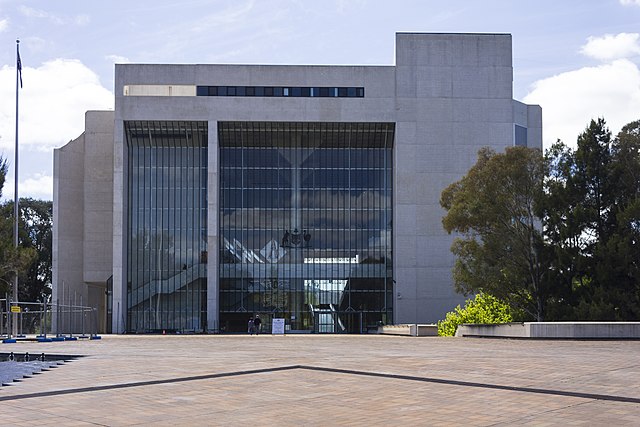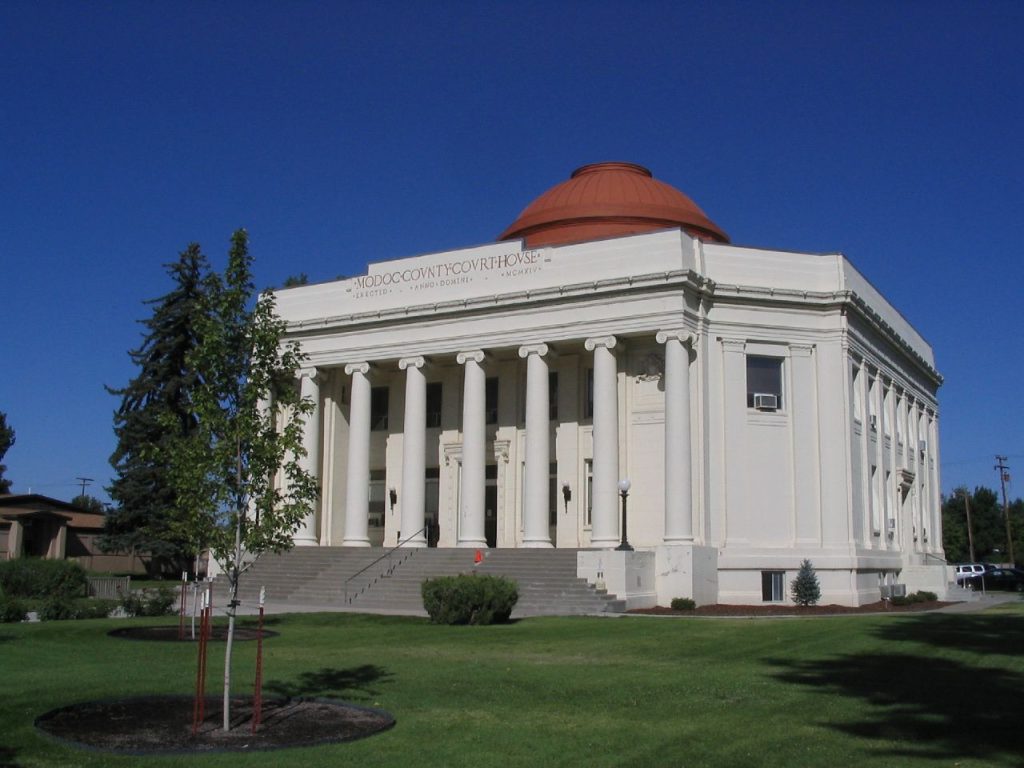Labor’s new immigration bill is making waves in Australia’s political scene, and has even seen the Coalition and the Greens join forces in criticism of it. The opposing parties voted to delay the legislation by subjecting it to a six week Senate enquiry after it moved quickly through the lower house.
The Migration Amendment (Removal and Other Measures) Bill 2024 has caused serious concerns for migrant communities across Australia, with the Greens likening part of it to a “Trump-style travel ban”.
So why is this new legislation causing the Coalition and the Greens to team up? Here’s a breakdown of the the bill and the debate around it..
What’s in the new bill?
The proposed legislation will grant the government and the Minister for Immigration, Citizenship and Multicultural Affairs extra powers.
Under the new law, the Minister is able to direct a non-Australian citizen who is due to be deported to “cooperate in efforts to ensure their prompt and lawful removal.” This means that instead of officially deporting individuals, the government will forcibly direct non-citizens to leave Australia themselves. The minister could direct individuals to apply for a passport and sign travel documents to facilitate their own departure from the country.
Criminal penalties ranging from one to five years imprisonment and fines of up to $90,000 could be inflicted on those who do not comply with direction from the Minister.
The new legislation also allows the Minister to reverse a protection finding. This means that individuals who are seeking asylum in Australia could face the risk of their protection visas being revoked if the minister finds that a protection finding would no longer be made against an individual.
This proposed power has sparked fear in migrant families across the nation.
The Minister’s new powers also include the ability to designate any country as a “removal concern country”.
But what is a “removal concern country”?
Countries that fall under the label “removal concern country” are those which refuse to accept the forced return of its nationals through means like traditional deportation.
According to news reports, countries that are likely to be “removal concern countries” include Russia, Iran, Iraq and South Sudan. There has not yet been an official list announced by the government.
This may result in an outright ban of any visa applications from any citizen of countries labeled as a “removal concern country”. This is what has prompted the Greens to describe part of the bill as a “Trump-style travel ban”, referring to an executive order signed by Trump soon after entering the US presidency, attempting to ban refugees and traveller from a number of countries.
Who does the bill apply to?
The proposed law applies to anyone the Minister deems a “removal pathway non-citizen.”
This refers to current or future people holding a Bridging “E” visa (BVE) or a Bridging “R” visa (BVR) from countries deemed “removal concern countries”. Individuals holding a BVE include people waiting on immigration decisions or individuals who are planning to leave the country.
Asylum seekers waiting for protection visa approval are also covered under a BVE, but the bill does not affect these individuals.
People currently in immigration detention but cannot be immediately removed from Australia possess a BVR.
What happens next?
The bill is currently subject to a six-week Senate inquiry, where the committee will report back on 7 May.
Photo: High Court of Australia by Bidgee is available HERE and is used under a Creative Commons Licence. This image has not been modified.







